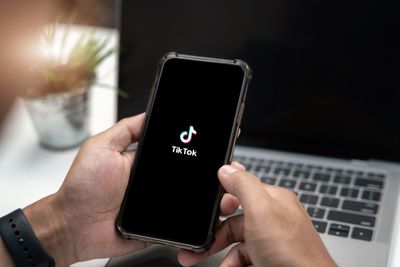Profit Analytics Blog
Read expert articles with insights about e-commerce profitability from analyzing thousands of e-commerce businesses' data.
Business management
Incremental Cost vs Marginal Cost: 5 Ways They Affect Your BusinessStatista forecasts that e-commerce sales are expected to reach around $8.1 trillion by 2026. To gain efficient revenue and make informed decisions, you need to understand the cost of producing goods aApril 25, 2023
Business management
Manage Journal Entries in Your Periodic Inventory System Like a ProAs an experienced data professional in the e-commerce supply chain and inventory management field, I understand the importance of inventory management for businesses operating on tight margins. EffectApril 12, 2023
Business management
Perpetual vs Periodic Inventory Systems: Which Is Best for Your E-commerce Business?In e-commerce, your inventory refers to the materials used to purchase goods or merchandise you sell to earn a profit. Because inventory is a core foundation of your business, an effective inventory mMarch 30, 2023











